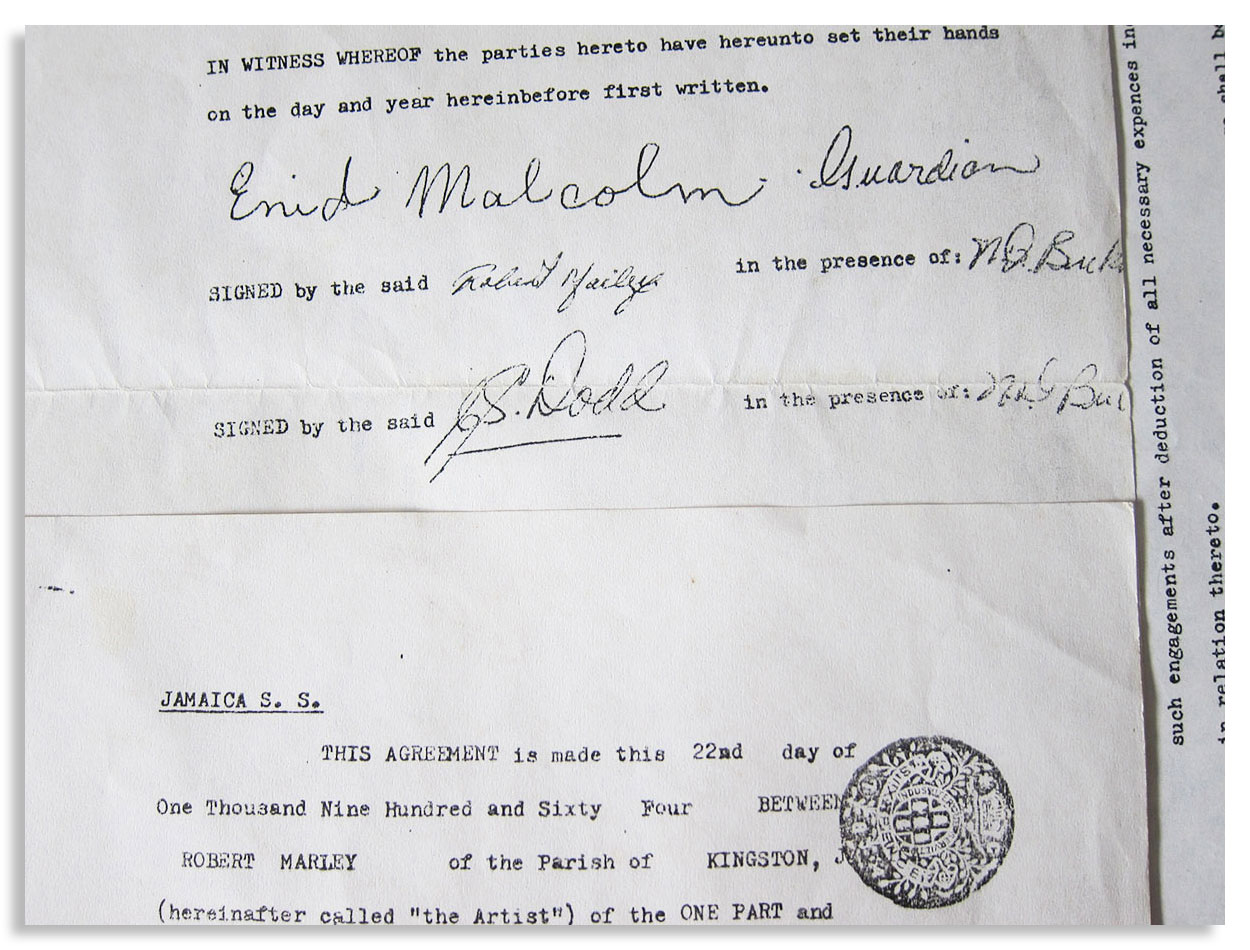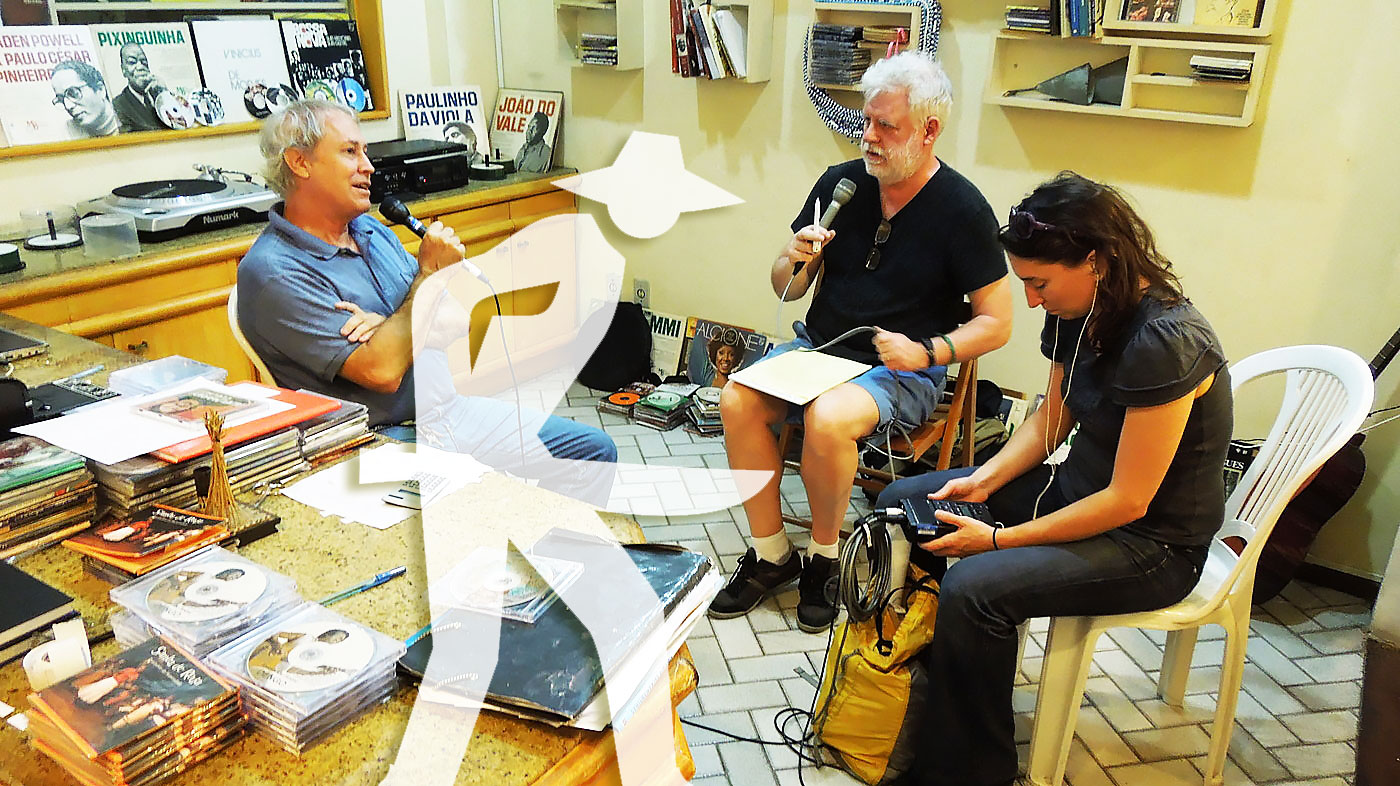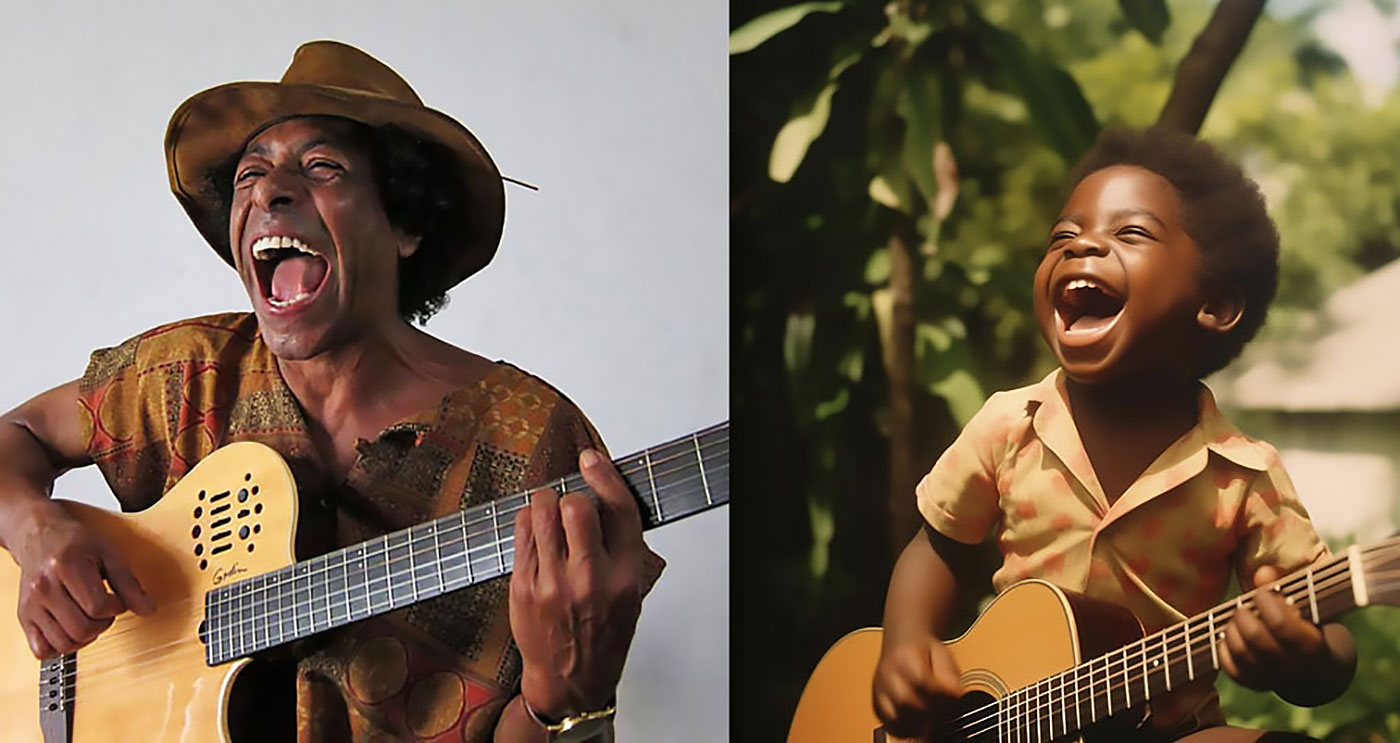CURATION
- from this page: by Matrix
Network Node
- Name: César Orozco
- City/Place: New York City
- Country: United States
Life & Work
-
Bio:
César Orozco is a prolific Cuban/Venezuelan pianist, violinist, composer, arranger, producer, and educator. After developing an important career in Venezuela, Mr. Orozco moved to the United States in 2012 and enrolled with a full tuition Assistantship to The Peabody Institute of John Hopkins University in Baltimore, where he earned a Graduate Performance Diploma (GPD) in 2014. Since relocating to the New York tri-state area in 2015, Mr. Orozco has become an in-demand pianist as a sideman as well as a leader of his own projects. Some of the artists he has worked with include Paquito D’Rivera, Pedrito Martinez, Gary Thomas, Yosvany Terry, Flavio Sala, Luisito Quintero, Gilberto Santa Rosa, Luis Enrique, Itai Kriss, Troy Roberts, Paul Bollenback, Jeremy Warren, and Giovanni Hidalgo just to name a few. Orozco has developed an innovative approach to a fusion of Venezuelan and Cuban traditional music with Jazz along with his project Kamarata Jazz. He has appeared in more than 70 albums and his recordings as a leader include “Son con Pajarillo” (2007), “Ebano y Marfil” (2008), “Orozcojam” (Guataca, 2010), which was awarded for Best vocal/Instrumental album at Cubadisco 2012 in Havana, Cuba, “No Limits for Tumbao” (Alfi Records, 2015) and the latest one “Stringwise”, a duo with the outstanding Venezuelan Cuatro player Jorge Glem. He is also a recipient of a DownBeat Magazine's 2014 Student Music Award for Original Composition (Orozcojam) Small Ensemble Outstanding Performance.
Throughout his career, Orozco has toured extensively across the United States, Europe, Latin America and Australia, participating in some of the most renowned music festivals around the world such as the Fringe Festival in Edinburgh, Scotland, the Cervantino Festival in Mexico, and the Jazz al Parque in Bogota, Colombia. As a bandleader, he has performed at venues such as Blues Alley, Twins Jazz, and the Kennedy Center in Washington DC, Bolivar Hall in London, the Bird's Basement Jazz Club in Melbourne, Australia, the Bimhuis Jazz Club in Amsterdam, Subrosa, The Zinc Bar, Terraza 7, and the Fat Cat in New York City among others.
Mr. Orozco has written music for a wide range of ensembles and instrumentations, including but not limited to symphony orchestras, big bands, salsa combos, string quartets, string quintets, and brass quintets. He has been commissioned by the Baltimore School for the Arts, the Army Blues Band in Washington DC, the Chamber String Orchestra from the MCYO organization at Strathmore in Maryland, The Netherlands Blazers Ensemble (NBE), RaícesJazz Orchestra from Miami FL, The Symphony Orchestra of Venezuela, and the HR-Big Band, also named Frankfurt Radio Big Band. Within the musical theater field, his credits as a composer, music director, and/or arranger include the Venezuelan musicals "Orinoco" and "Venezuela Viva" (with more than 100 international performances), the autobiographical monologue "Las Ciudades Que Soy" starred and written by the recognized Cuban actress Beatriz Valdez, and "La UltimaPartida" (The Final Draw), a play with live improvised Jazz piano directed by Monica Lopez-Gonzalez which was premiered at the Baltimore Theater Project in 2014.
Orozco was born in Cuba in 1980 and earned a degree in Violin Performance and Ensemble Conducting from the National School of Arts in Havana, Cuba in 1998. The same year, he traveled to Venezuela after accepting an invitation from the Carabobo Symphony Orchestra as a violinist. In Venezuela, Mr. Orozco performed and/or recorded with some of the most important local artists, including Guaco, Rafael “El Pollo” Brito, Andres Briceño, Maria Teresa Chacín, Soledad Bravo, Kiara, Karina, Frank Quintero, Aquiles Báez, Ilan Chester, Orlando Poleo, Gerardo Rosales, Alfredo Naranjo, Simón Bolívar Symphony Orchestra, Carabobo Symphony Orchestra, Pablo Gil, Simón Díaz and flautist Huáscar Barradas among many others. He also served as a Professor of Jazz Piano, Harmony, and Ensembles for more than three years at the National Experimental University of the Arts in Caracas.
Besides having a very busy performing career, Mr. Orozco is currently an active clinician and educator. He has taught lectures and master classes at some of the most prestigious institutions in the United States such as the Baltimore School for the Arts, Loyola University (Baltimore, MD), Berklee College of Music (Boston, MA), Salem State University, (Boston, MA), and the “New York Arts Program” (NY). He also has his private studio in River Edge, NJ and is faculty at Corlears School in Manhattan, NY.
Contact Information
- Email: [email protected]
- Telephone: 301-919-5596
Media | Markets
- ▶ Twitter: orozcopiano
- ▶ Instagram: orozcopiano
- ▶ Website: http://cesarorozco.net
- ▶ YouTube Channel: http://www.youtube.com/user/alemankey
- ▶ YouTube Music: http://music.youtube.com/channel/UCvgXl4YwdAU15ppvzERZRiA
- ▶ Spotify: http://open.spotify.com/artist/0eO6MjeuzzOF9gOUVdDRfx
- ▶ Spotify 2: http://open.spotify.com/artist/5ufB42iqMhwrchodi98D4j
- ▶ Spotify 3: http://open.spotify.com/artist/62jPSBRAcuUpQp1Ljnx0mH
More
-
Quotes, Notes & Etc.
“César Orozco manages to make the best combination between Cuban, Jazz and Venezuelan music I ever heard”.
- Paquito D’Rivera
The Matrix is a small world network. Like stars coalescing into a galaxy, creators in the Matrix mathematically gravitate to proximity to all other creators in the Matrix, no matter how far apart in location, fame or society. This gravity is called "the small world phenomenon". Human society is a small world network, wherein over 8 billion human beings average 6 or fewer steps apart. Our brains contain small world networks...
![]() Wolfram MathWorld on the Small World Phenomenon
Wolfram MathWorld on the Small World Phenomenon
![]() Matemática Wolfram sobre o Fenômeno Mundo Pequeno
Matemática Wolfram sobre o Fenômeno Mundo Pequeno
"In a small world, great things are possible."

It's not which pill you take, it's which pathways you take. Pathways originating in the sprawling cultural matrix of Brazil: Indigenous, African, Sephardic and then Ashkenazic, European, Asian... Matrix Ground Zero is the Recôncavo, contouring the Bay of All Saints, earthly center of gravity for the disembarkation of enslaved human beings — and the sublimity they created — presided over by the ineffable Black Rome of Brazil: Salvador da Bahia.
("Black Rome" is an appellation per Caetano Veloso, son of the Recôncavo, via Mãe Aninha of Ilê Axé Opô Afonjá.)
"Dear Sparrow: I am thrilled to receive your email! Thank you for including me in this wonderful matrix."
—Susan Rogers: Personal recording engineer for Prince, inc. "Purple Rain", "Sign o' the Times", "Around the World in a Day"... Director of the Berklee Music Perception and Cognition Laboratory
"Thanks! It looks great!....I didn't write 'Cantaloupe Island' though...Herbie Hancock did! Great Page though, well done! best, Randy"
"We appreciate you including Kamasi in the matrix, Sparrow."
—Banch Abegaze: manager, Kamasi Washington
"This is super impressive work ! Congratulations ! Thanks for including me :)))"
—Clarice Assad: Pianist and composer with works performed by Yo Yo Ma and orchestras around the world
"Dear Sparrow, Many thanks for this – I am touched!"
—Julian Lloyd-Webber: UK's premier cellist; brother of Andrew Lloyd Webber (Evita, Jesus Christ Superstar, Cats, Phantom of the Opera...)
"Thanks, this is a brilliant idea!!"
—Alicia Svigals: World's premier klezmer violinist
Developed here in the Historic Center of Salvador da Bahia ↓ .
![]() Bule Bule (Assis Valente)
Bule Bule (Assis Valente)
"♫ The time has come for these bronzed people to show their value..."
Production: Betão Aguiar
MATRIX MODUS OPERANDI
Recommend somebody and you will appear on that person's page. Somebody recommends you and they will appear on your page.
Both pulled by the inexorable mathematical gravity of the small world phenomenon to within range of everybody inside.
And by logical extension, to within range of all humanity outside as well.
MATRIX (PARDAL)
I'm Pardal here in Brazil (that's "Sparrow" in English). The deep roots of this project are in Manhattan, where Allen Klein (managed the Beatles and The Rolling Stones) called me about royalties for the estate of Sam Cooke... where Jerry Ragovoy (co-wrote Time is On My Side, sung by the Stones; Piece of My Heart, Janis Joplin of course; and Pata Pata, sung by the great Miriam Makeba) called me looking for unpaid royalties... where I did contract and licensing for Carlinhos Brown's participation on Bahia Black with Wayne Shorter and Herbie Hancock...
...where I rescued unpaid royalties for Aretha Franklin (from Atlantic Records), Barbra Streisand (from CBS Records), Led Zeppelin, Mongo Santamaria, Gilberto Gil, Astrud Gilberto, Airto Moreira, Jim Hall, Wah Wah Watson (Melvin Ragin), Ray Barretto, Philip Glass, Clement "Sir Coxsone" Dodd for his interest in Bob Marley compositions, Cat Stevens/Yusuf Islam and others...
...where I worked with Earl "Speedo" Carroll of the Cadillacs (who went from doo-wopping as a kid on Harlem streetcorners to top of the charts to working as a janitor at P.S. 87 in Manhattan without ever losing what it was that made him special in the first place), and with Jake and Zeke Carey of The Flamingos (I Only Have Eyes for You)... stuff like that.

Yeah this is Bob's first record contract, made with Clement "Sir Coxsone" Dodd of Studio One and co-signed by his aunt because he was under 21. I took it to Black Rock to argue with CBS' lawyers about the royalties they didn't want to pay (they paid).
MATRIX MUSICAL
I built the Matrix below (I'm below left, with David Dye & Kim Junod for U.S. National Public Radio) among some of the world's most powerfully moving music, some of it made by people barely known beyond village borders. Or in the case of Sodré, his anthem A MASSA — a paean to Brazil's poor ("our pain is the pain of a timid boy, a calf stepped on...") — having blasted from every radio between the Amazon and Brazil's industrial south, before he was silenced. The Matrix started with Sodré, with João do Boi, with Roberto Mendes, with Bule Bule, with Roque Ferreira... music rooted in the sugarcane plantations of Bahia. Hence our logo (a cane cutter).
A Massa (do povo carente) / The Masses (of people in need)

-
Add to my PlaylistA Massa - Raymundo Sodré (7,093 plays)
-
Add to my PlaylistSina de Cantador - Raymundo So... (6,909 plays)
-
Add to my PlaylistMagnetismo - Raymundo Sodré ... (6,353 plays)
-
Add to my PlaylistSacando a Cana - Raymundo Sodr... (5,957 plays)
-
Add to my PlaylistMêrêrê - Raymundo Sodré (5,465 plays)
-
Add to my PlaylistJardim do Amor - Raymundo Sodr... (4,677 plays)
-
Add to my PlaylistDebaixo do Céu - Raymundo Sodr... (4,151 plays)
-
Add to my PlaylistDesejo de Amar - Raymundo Sodr... (3,861 plays)
-
Add to my PlaylistOração pra Yá Oxum - Raymundo ... (3,741 plays)
-
Add to my PlaylistYá África - Raymundo Sodré (3,509 plays)
-
Add to my PlaylistMeu Rio, Cadê o Papel - Raymun... (3,177 plays)
-
Add to my PlaylistCasa de Trois - Raymundo Sodré... (2,896 plays)
-
Add to my PlaylistMulher é Laço que Prende o Coração do Vaqueiro - R... (2,556 plays)











































































































































































































































































































































































































































































